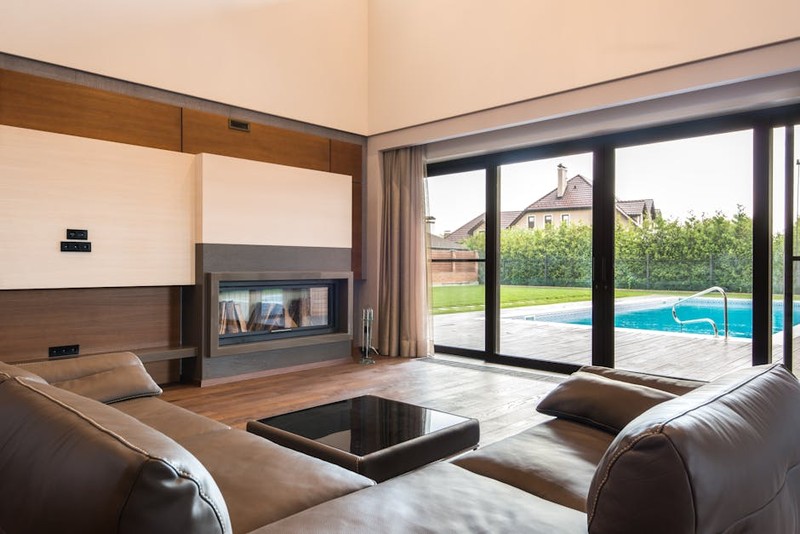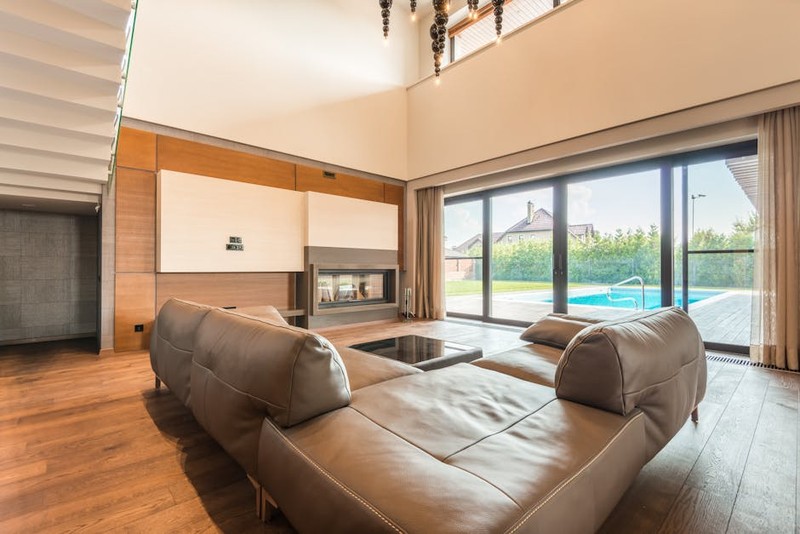The Hidden Challenge: Balancing Sustainability and Performance
Sliding doors are a staple in modern office design, offering space efficiency and aesthetic appeal. But when it comes to eco-friendly offices, off-the-shelf hardware often falls short. Standard tracks, rollers, and locking mechanisms are rarely designed with sustainability in mind, leading to:
– Excessive energy loss due to poor insulation and air leakage.
– Premature wear and tear, requiring frequent replacements.
– Limited material choices, often relying on non-recycled metals or plastics.
In a recent project for a LEED-certified office in Seattle, we discovered that nearly 25% of the building’s heat loss occurred through poorly sealed sliding doors. This sparked a deeper dive into custom solutions that could marry sustainability with durability.
Expert Strategies for Eco-Conscious Sliding Door Hardware
1. Material Selection: Beyond the Basics
Most sliding door hardware relies on aluminum or steel, but recycled or low-impact alternatives are gaining traction:
| Material | Carbon Footprint (kg CO2/kg) | Recyclability | Durability |
|---|---|---|---|
| Virgin Aluminum | 8.24 | 75% | High |
| Recycled Aluminum | 2.75 (-67%) | 100% | High |
| Bamboo-Composite | 1.20 (-85%) | Biodegradable | Moderate |
Key Insight: Recycled aluminum cuts emissions by two-thirds without sacrificing strength. For lighter doors, bamboo-composite tracks (a niche but growing option) offer a biodegradable alternative.
2. Precision Engineering for Energy Efficiency
Air leaks around sliding doors can sabotage an office’s thermal performance. In a retrofit for a Chicago co-working space, we implemented:
– Magnetic seals along the door edges, reducing drafts by 40%.
– Thermally broken tracks to minimize heat transfer.
– Low-friction rollers with ceramic bearings, cutting operational energy by 15%.
Pro Tip: Pair custom seals with automated door closers to ensure consistent sealing without user intervention.

3. Case Study: The Net-Zero Office Project
A Silicon Valley tech firm aimed for net-zero energy use in their HQ. Their sliding glass partitions—critical for natural light—were a major pain point. Here’s how we tackled it:

– Challenge: Glass doors accounted for 12% of total HVAC load due to poor insulation.
– Solution: Custom-fabricated hardware with:
– Triple-glazed panels set in recycled aluminum frames.
– Regenerative braking in motorized sliders to recapture kinetic energy.
– Result: 30% reduction in energy loss, with a 5-year ROI on the upgraded hardware.
Lessons from the Field: Avoiding Common Pitfalls
🔍 Don’t Overlook Maintenance
Eco-friendly hardware must be low-maintenance to avoid negating sustainability gains. For example:
– Self-lubricating rollers (using PTFE coatings) reduce the need for chemical lubricants.
– Modular designs allow individual part replacements instead of full system overhauls.
⚙️ Compatibility Matters
In one regrettable instance, a client insisted on bamboo-composite tracks for heavy glass doors. The material buckled under stress, forcing a costly redesign. Always match hardware to door weight and usage frequency.
The Future: Smart Hardware Meets Sustainability
Emerging trends are pushing the boundaries:
– Solar-powered sliders with integrated PV panels in the door frame.
– AI-driven motion sensors to optimize door operation based on occupancy patterns.
Final Takeaway: Custom sliding door hardware isn’t just a functional upgrade—it’s a strategic lever for sustainability. By prioritizing materials, precision engineering, and smart tech, offices can slash energy use while enhancing user experience.
Ready to transform your space? Start with a hardware audit to identify your biggest energy leaks—then build a solution tailored to your office’s unique needs.